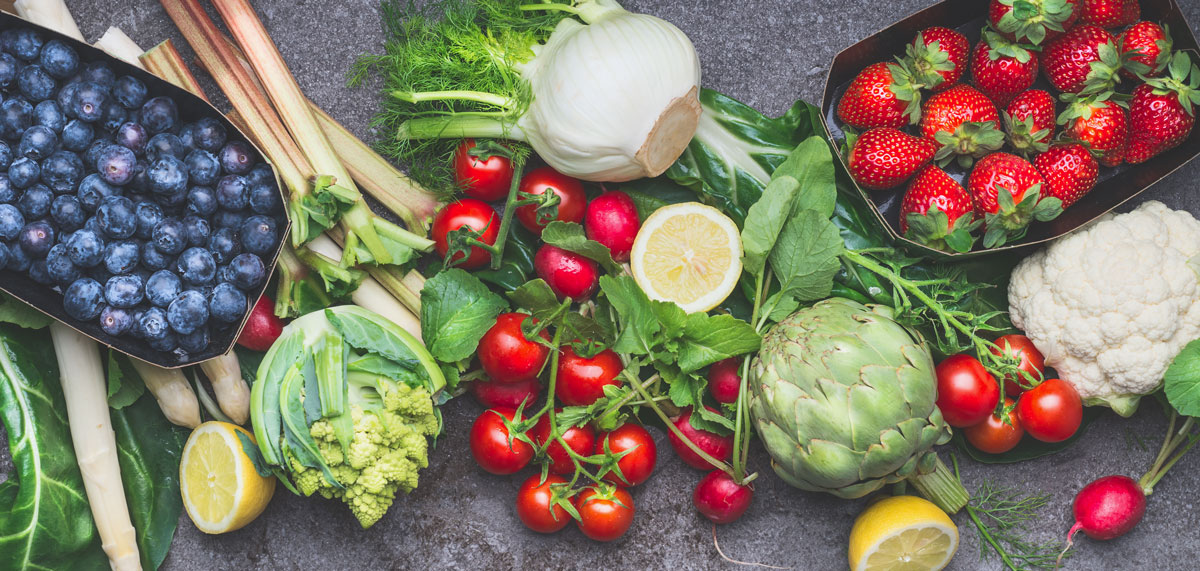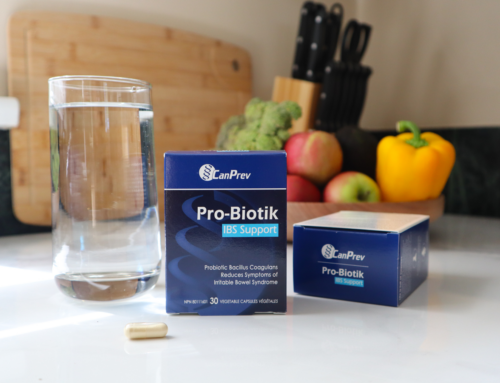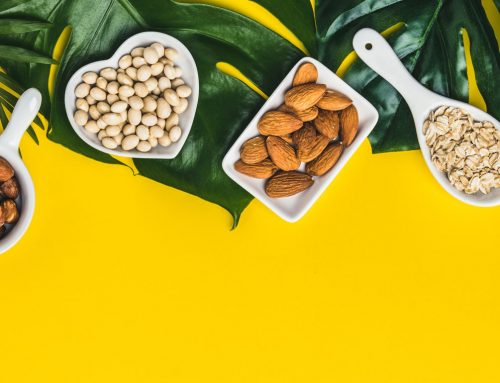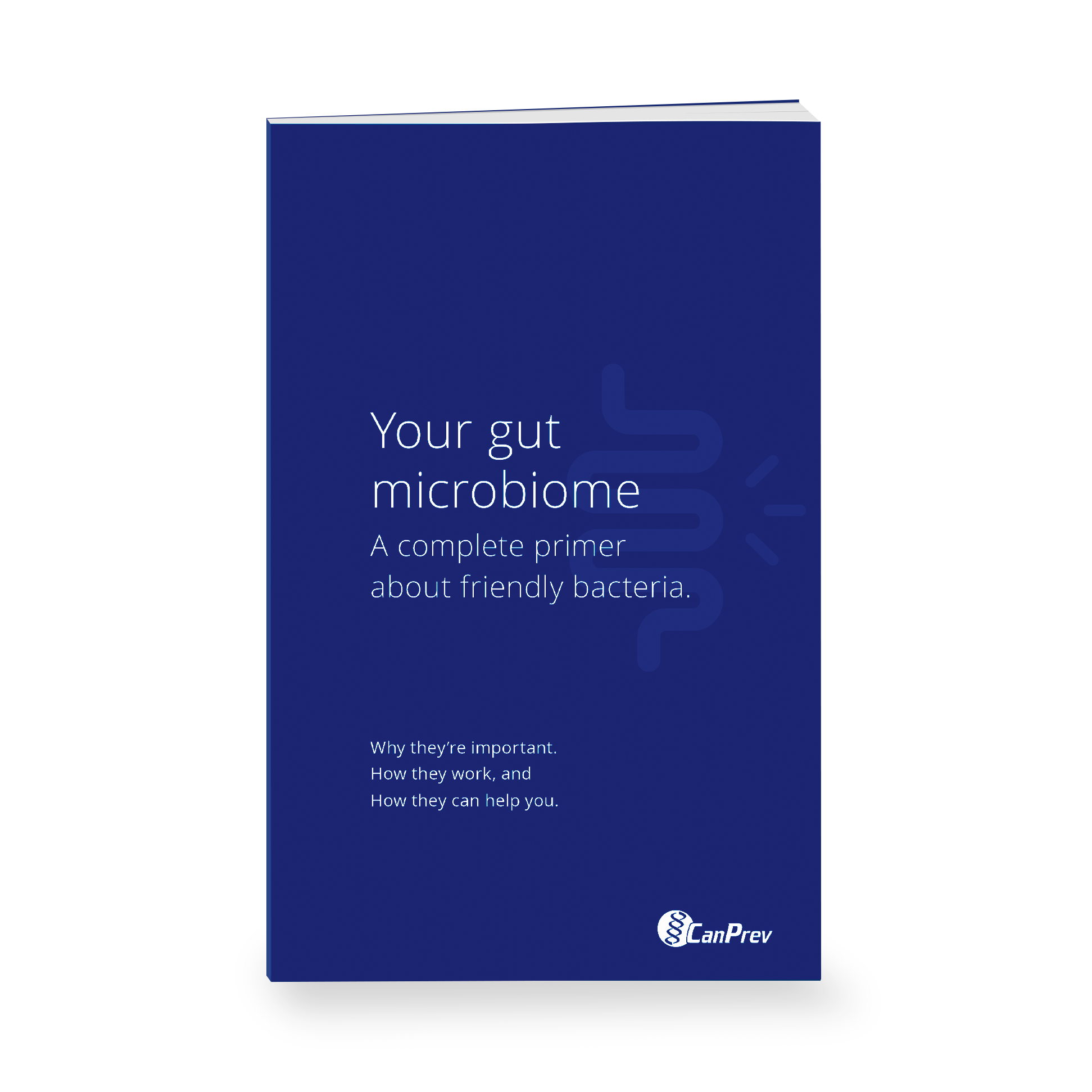Being allergic to a specific food can really alter your life, especially if it’s a staple food in your diet. One of the most common intolerances is gluten. A severe intolerance to gluten is known as Celiac disease (CD), and it’s an autoimmune disease affecting around 300,000 Canadians. Navigating your life without gluten may feel overwhelming, but it doesn’t have to be. Whether you’ve recently been diagnosed with CD, or you’re trying out a gluten-free diet for other reasons, we’ve got some tips for you.
What is gluten and how does it affect our bodies?
Gluten is a family of structural proteins found in certain grains, such as wheat, barley, rye, spelt, and more. It has a glue-like consistency when mixed with other ingredients, and it’s what gives bread its unique texture.
Those who have Celiac disease have an allergic reaction to gluten. With CD, the body mistakes gluten as a foreign threat and the immune system attacks gluten proteins as a result. This then damages the absorptive surface of the small intestine, preventing the absorption of essential nutrients altogether, leading to some uncomfortable symptoms.
How can you tell if you have Celiac disease?
The most typical symptoms of CD include chronic diarrhea, abdominal pain, malnutrition, and weight loss. However, some people with CD don’t present with these digestive symptoms, which may lead to delays in their diagnoses.
Some common symptoms apart from digestive irregularities include anemia, osteoporosis, extreme fatigue, constipation, oral ulcers, liver enzyme abnormalities, and infertility. Taking a blood test and speaking with your healthcare practitioner can help you determine if you have CD.
Tips for living gluten-free – Where to start
From understanding how to read labels and knowing what to look for, to figuring out which foods to avoid and which ones you can eat, there’s a lot to remember when eliminating gluten from your diet. These tips will help you get things started for living gluten-free.
Labels, warnings, and ingredient lists
A lot of products have the ‘gluten-free’ stamp on their packaging, but some may not explicitly list gluten as an ingredient. So, it’s important to know what words to look for that imply the product has gluten in it. Start by reading through any warnings on the box. Look for terms like wheat, rye, barley, oats, or gluten. If these ingredients are under the “Contains” or “May contain” section, then the product has come in contact with gluten and may cause a reaction.
Next, check the ingredients list. Look for the same terms and make sure they are not listed as an ingredient. If they are, then the product has gluten and should be avoided. But, if you don’t see any of those terms, then the product is acceptable for a gluten-free diet.
For more information on how to read food labels, head over to the Canadian Celiac Association.
Foods to avoid
The main dietary sources of gluten are wheat-based foods like wheat bran, wheat flour, spelt, durum, Kamut, and semolina, as well as barley, rye, triticale, malt, and brewer’s yeast. But there are also other foods that have ingredients containing gluten. These include:
- Wheat-based bread
- Wheat-based pasta
- Most cereals (unless labelled gluten-free)
- Baked goods such as cakes, cookies, and muffins
- Snack foods such as candy, muesli bars, and crackers
- Sauces like soy sauce, teriyaki sauce, and hoisin sauce
- Drinks like beer, ale and barley malt-based beverages
Foods to eat
Completely avoiding gluten may be difficult since it’s an ingredient in a wide variety of common foods. But refocusing your diet on whole, single-ingredient foods is a helpful way to stay away from gluten. Some examples include:
- All fruits and vegetables
- All types of eggs
- Plain meats and fish (meats and fish coated with soy or teriyaki sauces contain gluten, as well as breaded or floured meats)
- Plain, unflavoured dairy products such as milk, yogurt, and cheeses
- Grains such as quinoa, rice, buckwheat, tapioca, sorghum, corn, millet, amaranth, arrowroot, teff, and gluten-free oats
- All nuts and seeds, vegetable oils, and butter
- All herbs and spices
If you’re looking for some delicious gluten-free recipes, here are some that you can try out:
- Black Forest Banana Bread
- Dark Chocolate Oatmeal Breakfast Bars
- Hormone-Friendly Protein Pancakes
- White Chocolate Raspberry Baked Oats
- Carrot Cake Detox Muffins
Although there is a long list of foods that you may have to steer clear of, there are also benefits to living gluten-free. Switching to a gluten-free diet can help boost your energy, reduce chronic inflammation, and may help treat digestive problems like bloating, diarrhea, or constipation in those with CD. We hope these tips help you on your journey toward living without gluten!
Sources:
Celiac Disease – The Gluten Connection
Celiac Disease
Getting Started on the Gluten-free Diet
The Gluten-Free Diet: A Beginner’s Guide With Meal Plan
Which Alcoholic Beverages Are Safe for Celiacs?








Leave A Comment